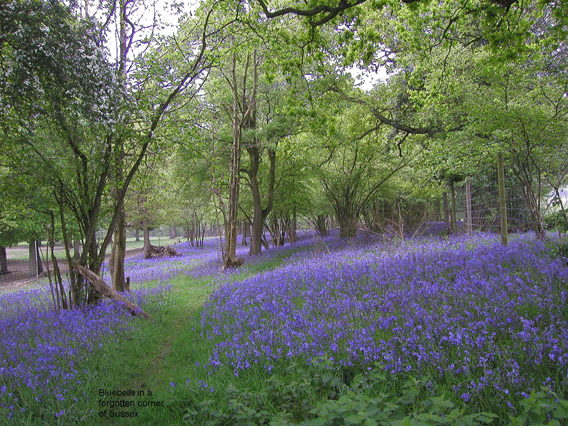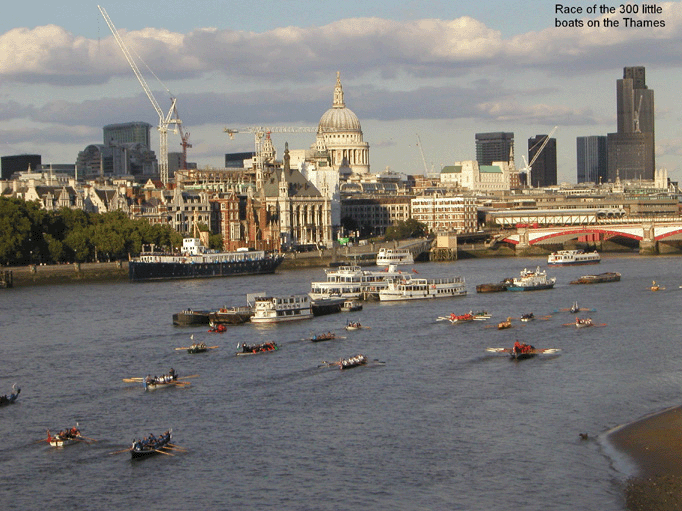


Look for the recommendation on the front page. But remember - a walk might have been planned in a dry summer when there was very little mud. If you do it in winter or in damp conditions, you will be glad to be wearing well-fitting boots. They are always a comfort. It's a good idea to bring a billycan of water, a brush and a bowl (if you're driving) and scrub the boots clean before you set off for home.
None of the walks on this site were planned using Wellingtons. Maybe you are the walker who has a perfect pair of well-fitting wellies who absolutely swears by them and jumps for joy at any sign of puddles with the thought of wearing them. We do not want to discourage you.
Personal experience says it is ok if you start off slightly chilly because you will warm up with exercise and the course of the day. Obviously, carry an extra layer and waterproofs. But this site is the worst in the world to advise about clothing, apart from the lower half. Each walk warns about any nettles or scratchy undergrowth. See the page called hazards. If in doubt, wear long'uns, possibly long sleeves too in high summer undergrowth.
These walks tend to be rather twisty and intricate without long stretches. So the long Nordic aerobic hikes with two poles probably do not feature much, especially if you are wrestling with the walking guide and map. But one pole is immensely useful, especially (a) if there are any steep descents (b) or high stiles or (c) in winter when you need to straddle the mud. A pole turns you into a tripod for stability. A pole is also useful for probing fences and for protection.
A hiking pole can cost under 5 pounds. A Leki stick is probably better provided you don't tend to lose them.
Every walk tries to judge how easy it will be with your pet. Stiles can be a problem but increasingly stiles have a dog gate or are being replaced by gates. Dogs do not accompany the researcher, so the assessment is not watertight. If walking your dog in the country is a new experience, you must have him wormed and you need to be aware of extra health hazards such as lungworm. Near livestock, your dog must be closely controlled of course but if cattle get nervous because of your dog, the published advice, we believe, is to let him run free.
Another issue is dog mess. Please take a pooper bag with you even if you are walking in open country! Several walkers complain that it spoils the walk having to look down constantly.